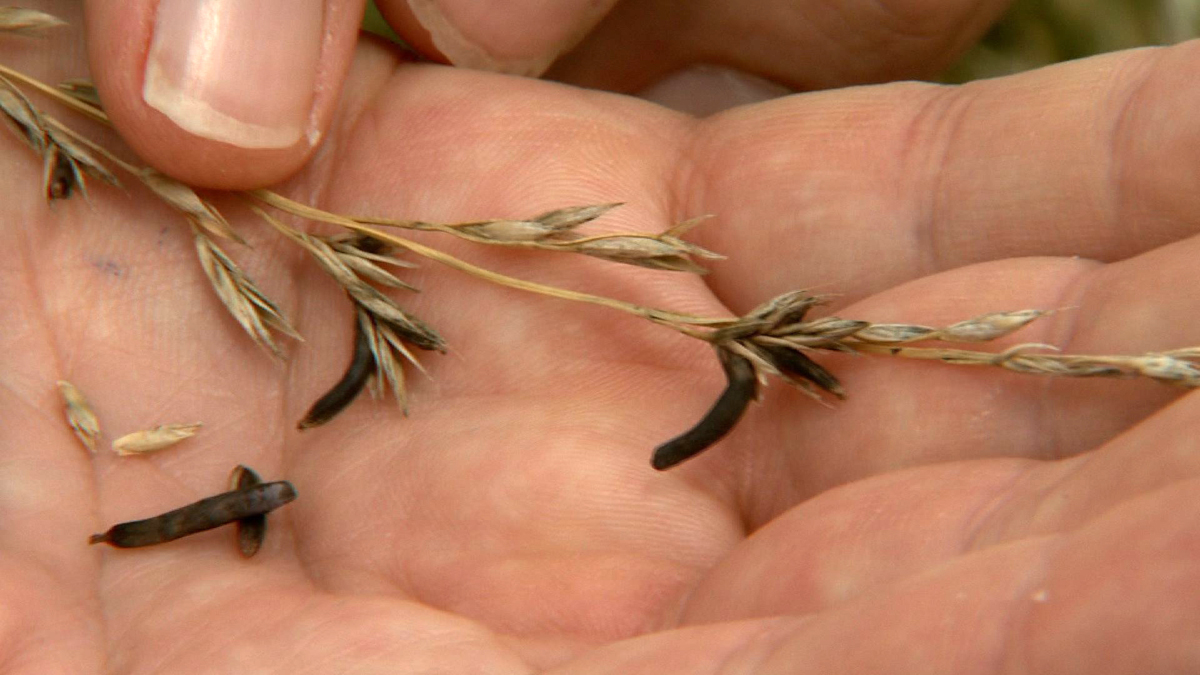
Ergot
Grass Seed Producers Get Insight From Ergot Research
Posted in General by Rhino Group
Problems with ergot spores is not new in grass and grain production – with documented cases dating back to 897 A.D. in Europe’s Rhine Valley – but researchers are gaining new insights into the fungal disease to give turfgrass seed producers better information to combat the issue.
Ergot sclerotia reduces seed yield by reducing seed number, in extreme cases causing a 20 percent reduction in yield. Seed harvested from infested fields generally contains ergot sclerotia, also increasing seed cleaning costs. None of which is good for availability or pricing.
Scientists with Oregon State University, sponsored by seed grower organizations in both Oregon and Washington, have been conducting studies to better predict the conditions of the seed replacement disease. This research has yielded a predictive model for the Columbia Basin of Oregon based on “accumulated degree days” with temperatures between 50 and 77 degrees, starting as early as May 1 and ending as late as June 17.
Armed with more precise data, seed producers can better manage their fungicide application timing for cool-season grasses.
So many variables can positively or negatively affect grass seed production, including temperatures, rain (too little or as with this year, too much) and of course, disease. With the latter, we are gaining the potential for greater control.
Photo Credit: University of Missouri Cooperative